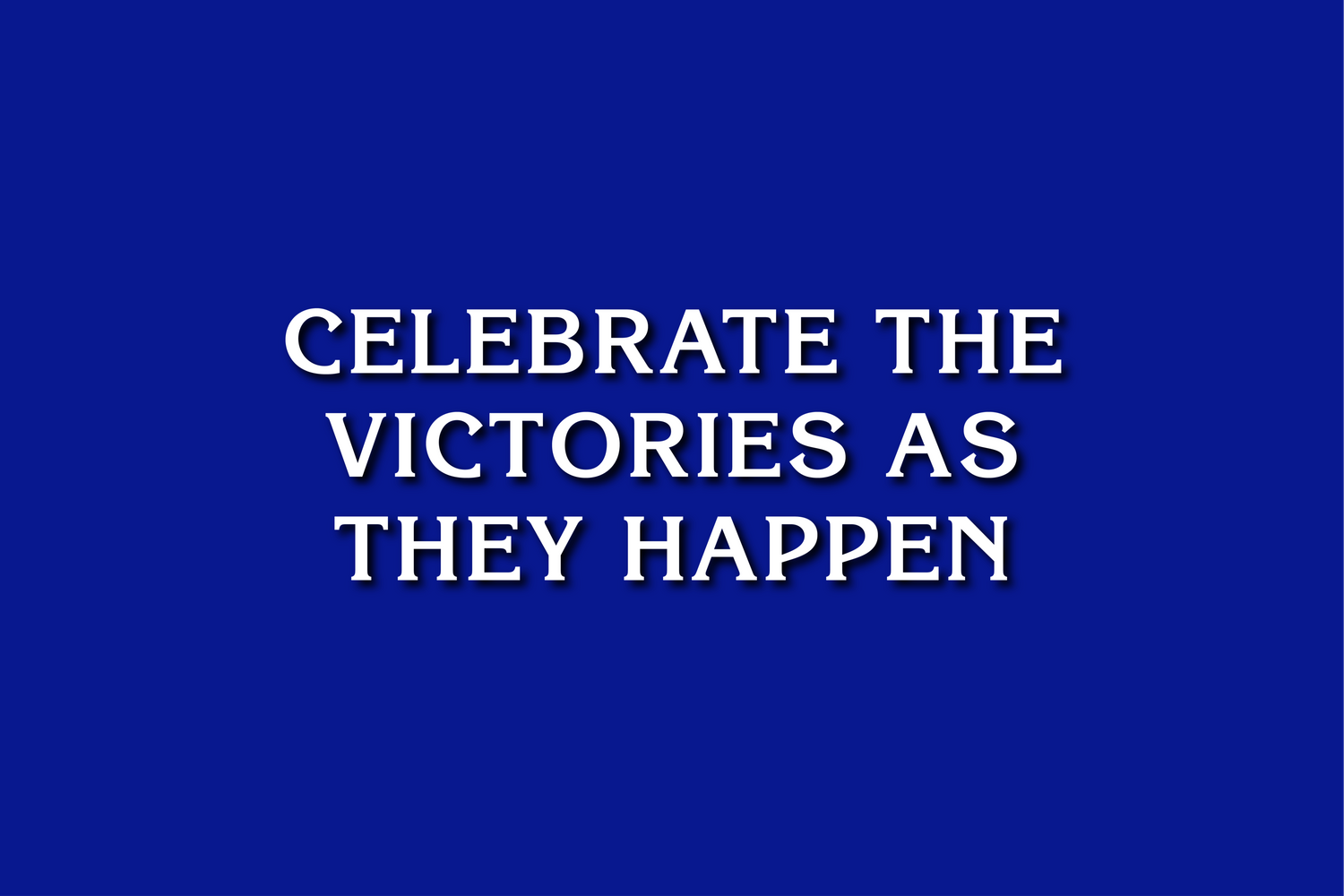When Jeopardy! producers told Arthur Chu he’d been selected as a contestant, he knew he wasn’t ready. But instead of giving in to eventual defeat, Chu hunkered down and began scouring the game show’s forums, watching — and rewatching — classic episodes on YouTube and even turning to IBM’s Jeopardy! contestant, the computer Watson, for inspiration.

And when Chu finally stepped behind the Jeopardy! podium a few months later, he changed the game. Chu’s radical approach to the 50-year-old game show hinges on the Forrest Bounce, or the technique of jumping from category to category with the twin aims of improving his chances of finding the Daily Doubles and increasing the odds that his opponents will be thrown off their own games. It’s worked so far; as of when I wrote this, Chu has made it through four days of play and racked up $82,000. He’s also picked up a nickname along the way: “mad genius.”
Some have referred to Chu’s strategy as “weird,” even “annoying.” It frustrates many long-time viewers and Jeopardy! hopefuls that Chu is winning the game not because of his expansive trivia knowledge, but because of that bugaboo of economics — game theory. That fact might make Chu’s play frustrating, but it also indicates that it stems from the best piece of advice I have ever received: When you’re down, change the game.
Arthur Chu seems to know this strategy intuitively; I needed to be taught it explicitly. I was stepping up to the service line in what was quickly shaping up to be the final match of my high school tennis career. I’d been clobbered in the first set, 6–2 — and I think the first set was over in 15 minutes.
In other words, I was being demolished, and fast.
Now, down 0–2 in the second, I’d set my sights on just getting a game or two on the board. That’s when my coach (and math teacher) David Mogill pulled me aside: “Change the game,” he said. “You’re losing this one, so try another.”
Following Coach Mogill’s advice, the new approach I chose was simple, yet forceful: I started bouncing the ball seven times before each serve. This set off a game-changing chain reaction, much as Chu’s Forrest Bounce has on Jeopardy. By giving myself some time to think before each point, the game took on a slower, more deliberate rhythm, allowing me to see the court and set up each shot thoughtfully. The new pace of play — which slowed down an otherwise imminent onslaught — also drove my opponent crazy. Once he started yelling out of frustration, I knew the match was mine. I went on to win handily: 2–6, 6–3, 6–0.
Unfortunately, I don’t get to use Coach Mogill’s advice for my tennis game as much as I’d like. It’s hard to find time in my schedule to play competitive tennis, and my slowed-down service technique wasn’t quite enough to earn me a walk-on spot on the University of Michigan tennis team. But like all key life lessons, I’ve often found myself returning to this story. “Changing the game” has touched many aspects of my life, personal and professional.
I’ve been involved with companies that hit dead ends, had business ideas I couldn’t get off the ground, been in situations that I desperately wanted to succeed but were on a path to failure. But each set-back and adversity could be traced back to the same flawed plan: I had approached the game the way it had always been played. My ability to overcome adversity has often been tied to a refusal to accept defeat and a willingness to explore other approaches to the game.
So whether you are starting a new venture or stepping out onto a court to play tennis, keep Chu’s and Mogill’s playbook in mind. If you are not winning, then change the game, and create a playing field that you are uniquely qualified to dominate. And in the process, remember to celebrate the victories as they happen.
That’s what games are all about, aren’t they?